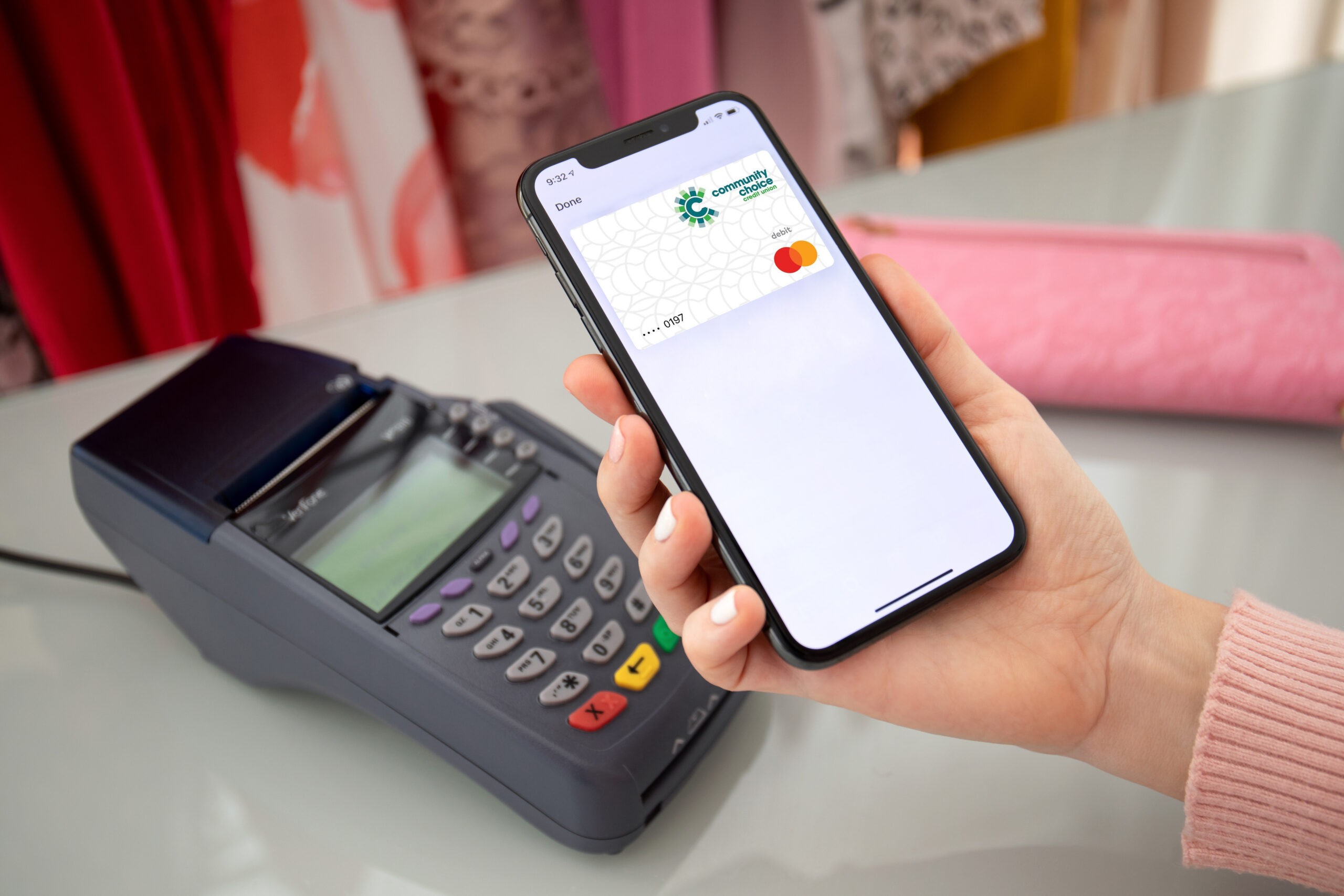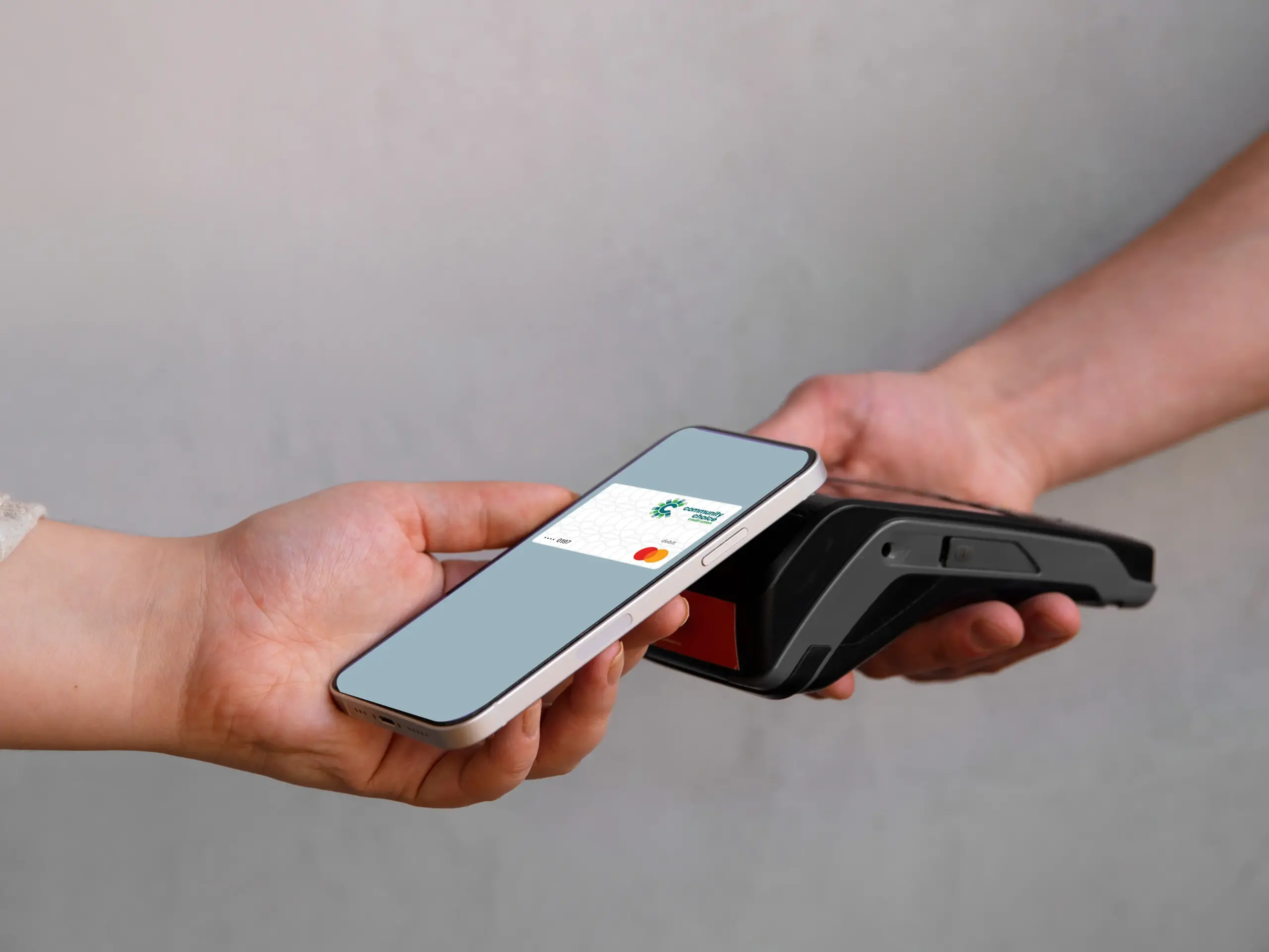
Keys. Phone. Wallet?
For most, long gone are the days of paper checks… are plastic credit cards next? Well, they could be and that’s not necessarily a bad thing.
In fact, there is a good chance you’ve used your digital wallet and didn’t realize it. That boarding pass you downloaded and scanned at the airport? Digital wallet. Remember those concert tickets that didn’t require a printer? Digital wallet. That loyalty card you saved and scan each time you stop by your favorite sandwich shop? Yep, that is your digital wallet too!
New technology can sometimes feel a little scary, and cause some concerns, especially when it involves sensitive banking and credit card information. We’re always trying to avoid scams and hackers and keep our information safe and secure. And, now we’re being asked to put it on our phones for everyone to see?!
Well, that’s the great thing about digital wallets. Nobody can see or access your information, not even those you make purchases from!
Are they safe?
Digital wallets are actually safer than your normal credit and debit card. The account numbers are not visible once in your digital wallet, not even to you.
Each time you make a purchase, your digital wallet sends an auto generated one-time use code to the merchant called a token. This is sent in place of your actual credit card number, which is sent when you use your physical card.
This unique process is called tokenization. Pretty cool, huh? On top of this, there is an added layer of security to access the digital wallet such as a passcode, or biometric facial recognition or a fingerprint scan. So, if you lose your phone, you’re still safe and secure. Bonus, you can even use your smartwatch!


How do digital wallets work?
Near Field Communication, or NFC: This allows two devices to exchange information when in close proximity. This is how Apple Pay and Google Pay work. To use one of these digital wallets, the merchant must have compatible card readers at checkout.
Magnetic Secure Transmission, or MST: This generates a magnetic signal to send information to the seller, similar to the swiping of a credit card. Samsung Pay uses both MST and NFC technology.
QR codes: These are barcodes you can scan with your smartphone’s camera. These can be from merchants or pay apps that you use to send your friends and family money.